Sensors already equip a range of tools to enhance monitoring capacity for conservation. Some of the higher bandwidth technologies, like camera traps and acoustic monitoring systems, have been essential elements of the conservation toolkit for decades, and thus have enough users that we've created dedicated WILDLABS groups to address them. But a whole range of lower bandwidth sensors beyond these core technologies are being increasingly integrated into conservation monitoring systems, and offer rich new insights into the wildlife and ecosystems we're all working to protect. As with many technologies, cost and access have historically been challenges to the adoption of new sensors, but with low-cost and open-source solutions on the rise, we're excited to see what the future of this space holds.
Getting Started with Sensors:
- Watch Shah Selbe's Tech Tutors episode on scaling FieldKit, an open-source conservation sensor toolbox, from a project to a successful conservation tech product.
- Check out our Virtual Meetup about Low-Cost, Open-Source Solutions in conservation tech, including a talk by Alasdair Davies on the Arribada Initiative's work with thermal sensors in early warning systems.
- For a more in-depth introduction, watch the first video in our datalogger mini-series: Freaklabs: How do I get started with Arduino?
In this group, you'll meet others who are using and innovating diverse sensors in their work, discuss ways to make sensors more effective & accessible for conservationists, learn about what sensors are already helping us accomplish in the field, and have the opportunity to ask and answer questions. Join this group to get started!
Header image: Emma Vogel, University of Tromsø
The device could help scientists explore unknown regions of the ocean, track pollution, or monitor the effects of climate change.
26 September 2022
This paper released by the World Economic Forum and the SPACES coalition shows how businesses can embrace the use of spatial intelligence for action on nature and climate. How can we make sure businesses apply the...
23 September 2022
This role will be employed under Osa Conservation's Movement Ecology Program. Broadly, the project aims to develop and use novel animal tracking technology to increase our understanding of the movement ecology of...
22 September 2022
Careers
The Senior Conservation Technology Specialist will be responsible for providing technical advice and capacity development to GWP project teams on conservation technology, distilling challenges and lessons from project...
22 September 2022
Boost cons tech capacity at an international NGO! Fauna & Flora International is offering a paid three-month internship to consolidate and share best practices for the application of emerging hardware and software...
26 August 2022
Article
An update on Ceres Tags products that are being used in conservation
22 August 2022
Are you interested in joining a team dedicated to changing how conservation is conducted around the world by developing new genetic technologies for conservation, and being part of the new wave of scientists paving a...
15 August 2022
The Marine Robotics and Remote Sensing (MaRRS) Lab at Duke University seeks a highly motivated UAS pilot and geospatial analyst to support the ongoing development of new and existing research and conservation programs,...
10 August 2022
The Marine Robotics and Remote Sensing (MaRRS) Lab at Duke University seeks a highly motivated postdoctoral researcher to support the ongoing development of new and existing research and conservation programs, both...
10 August 2022
Article
Ceres Tag sends just in time alerts and GPS location to have the power to track and trace.
22 July 2022
The Earth Species Project (ESP) is a nonprofit organization dedicated to decoding animal communication and translating non-human language.
15 July 2022
“It’s such a massive leap forwards knowing where every rhino is every morning and every evening.” Fast Company writes about Smart Parks, a Netherlands-based organization with technological solutions against poaching.
14 July 2022
November 2023
event
September 2023
event
Download Now: Designing an Effective Conservation Technology Enclosure
 Ashley Rosen
Ashley Rosen
24 September 2021 12:00am
Feedback welcome
17 August 2021 1:44am
22 September 2021 7:19am
Hi guys. Frontier Labs designed the Solar BAR for the Australian Acoustic Observatory (you mihgt have seen the WildLab video about it: https://www.youtube.com/watch?v=ohQURr74OvE&list=PLWcz3iwCnCqRL193GvknRWQd1_kG7Rs4g&index=1).
vIn answer to your question, we are currently putting together some short videos showing the design decisions we made during developme and why we made them. The weight vs battery power is something we take incredibly seriously, and is the reason for a lot of cool features you might not notice otherwise. Please let me know if you have any specific questions you would like covered and I'll do my best to get them answered by our engineers :) Nic
22 September 2021 7:25am
Hi Adam,
My name is Nicole, I work at Frontier Labs - we also make bioacoustic recorders (BARs) and are based in Brisbane, Australia. Yay for Australian tech!
We have been making acoustic recorders for more than 10 years (we made the recorders for the Australian Acoustic Observatory) and are always looking to innovate. These are great questions! We do get asked for the remote verification occassionally, but at the moment localization is a feature we are perfecting above and beyond what is currently available, so no work on this at the moment.
I'd love to find out more about your studies and see if we could help you answer some of these questions based on what we know about market trends.
Please feel free to get in touch with me if you'd like more info. PS I am not one of the engineers, but I have their ear haha
Tech Tutors: How do I use animal-borne imaging technology in marine and terrestrial environments?
26 August 2021 12:10am
15 September 2021 6:41am
Hi @Rob+Appleby !
The implementation in the Vectronic camera collar is purely store on board - no transmission.
I believe they simply stuck one of the Foxeer action ("Box") cameras inside and wakes it up and triggers it according to the camera schedule uoloaded to the collar (still and video options).
RunCam is another manufacturer of FPV and action cameras which might be interesting for you.
Cheers,
Lars
15 September 2021 11:24pm
Hi Lars,
I have a colleague that's successfully used the Mobius cam system (https://www.mobius-actioncam.com/) for camera collars as well. RC cams are popular choice it seems. I have been attempting to tweak cheaper 'cube' cameras (e.g. https://tinyurl.com/w72kh77r) to do a similar job. I am using a bit of Frankestein's monster array of small control boards, including an Adafruit low power timer (https://www.adafruit.com/product/3573) and a SparkFun pro mini (https://www.sparkfun.com/products/11113). I am using an SMD transistor as a switch to control power, and another could be added to control settings if needed. Hoping to do a tutorial on it at some point in case there's any interest.
Cheers,
Rob
16 September 2021 6:54am
Would certainly be cool to see a tutorial on this! Looking forward to that!
How do I choose the right camera trap(s) based on interests, goals, and species?
 Marcella Kelly
Marcella Kelly
6 July 2021 12:00am
GroupGets: μMoth Now Available
 Open Acoustic Devices
Open Acoustic Devices
27 May 2021 12:00am
(Arctic Fox) trap alarm based on LoRa Adafruit
21 April 2021 2:48pm
26 April 2021 7:03pm
Hi and thanks for your tips, Akiba!
I was actually thinking about the little greenhouse effect today when leaving the box in the afternoon sun. It is a rather cold environment in Greenland were I will deploy these though, so I may be OK. I can always give the tops a bit of white or silver paint. For the base station, I like to be able to see the LEDs directly on the board. This will also not be left out in the sun.
I will try to get some 2mm acrylic sheet for the mounting plate, thanks!
Cheers,
Lars
4 May 2021 9:50am
I realised I actually had a piece of FR-4 fiberglass (perfboard) lying around so I used this as mounting plate. I have also tried fixing the magnet (reed) switch to the plate to hold it in place at the bottom of the box. Will do some neater cable managing as I get the remaining parts. I will try to fit a lipo solar charger next to the radiofeather. I realised that it will be hard to attach USB plugs (for reprogramming or diagnostics) but have ordered some cables with angled plugs hoping they will fit.
I am still considering an additional reed switch as a on-off switch.
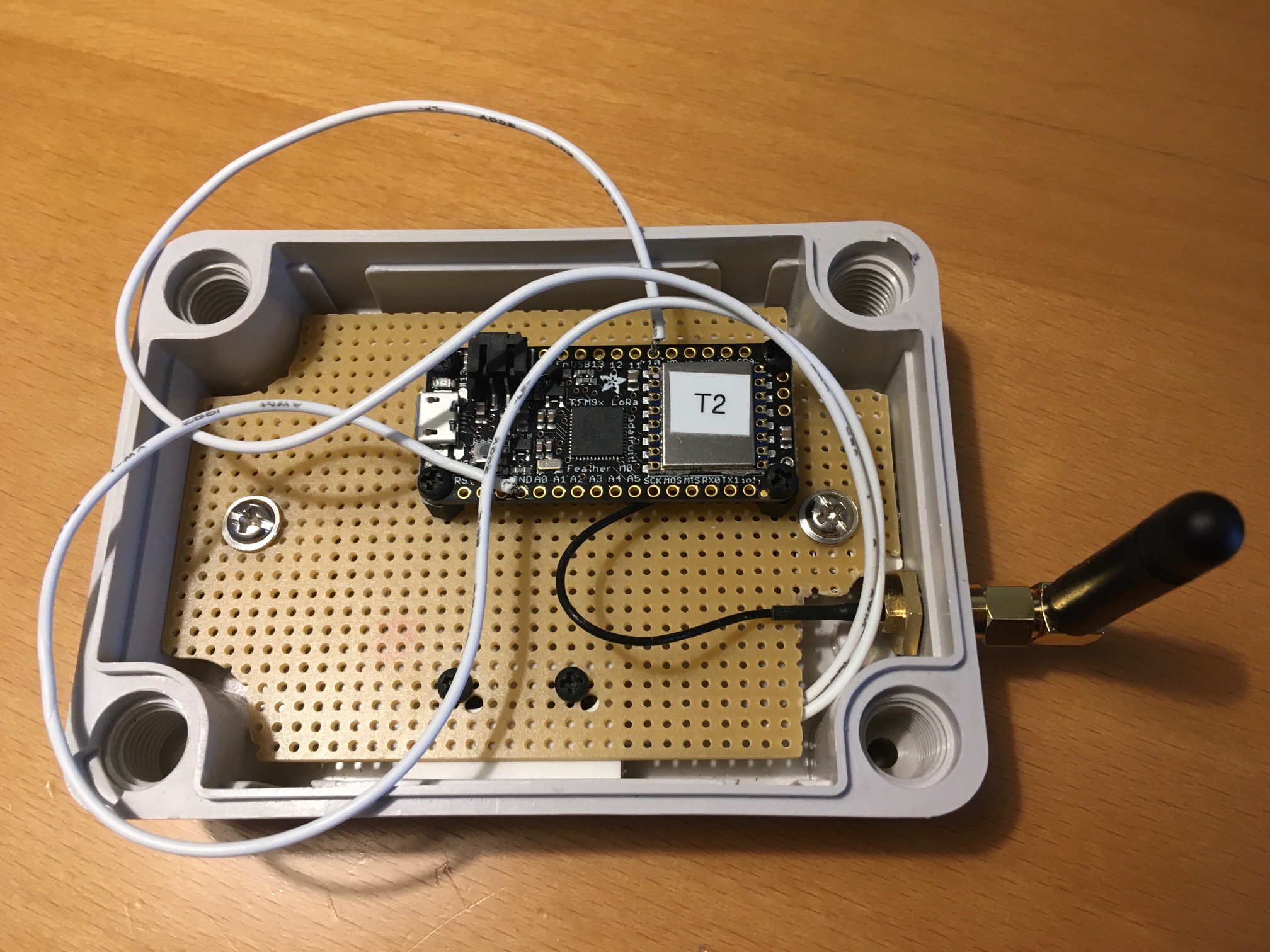
20 May 2021 2:41pm
Almost done with the trap alarms.
I added an additional buzzer (with internal circuitry) to get more noise. The added benefit is that the slightly different tunes creates interference that makes the sound much more annoying ;)
I added magnetic on-off switches to all units (under the power managiing unit). The trap release reed switch is located on the other side. I raised the base plates a bit to make room for the lipo batteries underneath them.
Still need to do some more testing on power usage and reliability. I managed a range of 2.5 km, but I believe I could get more when I find a place with better line of sight. I will try to test it over water at a fjiord.
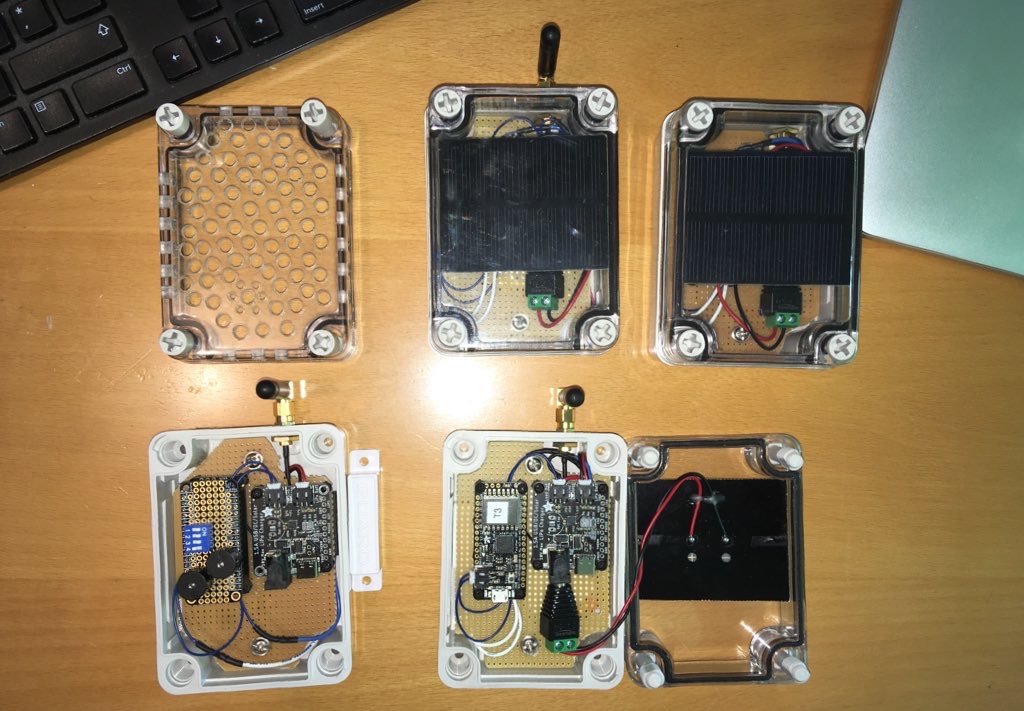
Announcing the Conservation Technology Award
 Conservation Technology Award
Conservation Technology Award
4 May 2021 12:00am
WWF: Carnivore Collaring in Zambia
 World Wildlife Fund
World Wildlife Fund
28 April 2021 12:00am
Webinar: Mission Possible: Deployment
 Wildlife Acoustics
Wildlife Acoustics
21 April 2021 12:00am
Margo Gadfly: A Versatile Wildlife Deterrent
 Margo Supplies
Margo Supplies
31 March 2021 12:00am
The 2021 #Tech4Wildlife Photo Challenge: Community Highlights
25 March 2021 12:00am
Event: 2021 Open Hardware Summit
 Akiba
Akiba
22 March 2021 12:00am
Arm technologies: What do you use?
10 February 2021 9:07pm
11 February 2021 3:45am
Hi Ellie.
This isn't necessarily wildlife but Jacinta and I used the CC1310 wireless chip with the ARM Cortex M3 inside for a project with the International Rice Research Institute. It was to test precision irrigation on rice crops for dry planting and to remove the need for the traditional flood based planting systems. This allows rice to grow in arid regions that traditionally can't support rice as a staple crop. Water scarcity is also a worry for the institute due to global warming, hence focusing on growing rice in low-water environments. There's more information on it here.
For those interested, the CC1310 uses 900 MHz and supports the IEEE 802.15.4 standard. It's one of the standard chips used in the SigFox protocol, although we mainly just used it for communications and not for SigFox implementation. We also implemented a gateway device that collected data from the networked rice paddies and sent water level data to the government server via GSM using SMS. We typically use HTTP but in the Philippines, cellular internet isn't as reliable as SMS, especially in rural areas. Both boards are based on the ARM Cortex M3.
I've attached pics of the wireless sensor boards and gateway we developed for this project as well.
Akiba

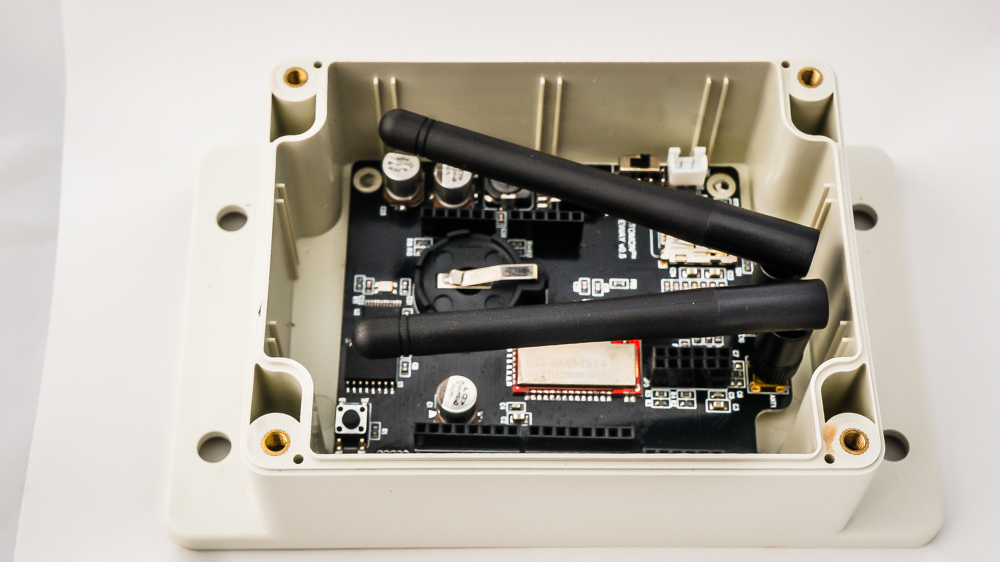
1 March 2021 12:33am
I've been tinkering with NVidia Jetson boards for about 2 years now. This is basically a small ARM computer, comes with an Ubuntu image but could run any linux I think. It's basically a mini computer with an Nvidia GPU, so you can do all sorts of things at 'the edge'.
I have been (on and off) building a bird feeder camera that would id birds and send just the text not images. Ultimately I would like to build a smart camera trap that would id animals and conserve bandwith by just uploading the data.
I started with the Jetson Nano, about 100 USD but when I started it was difficult to do things due to ARM.
Now I am working with a Jetson NX, about 500 USD and things are way easier. Visual Studio Code runs there natively, as do many python libraries and there are even a lot of containers ready made now.
Also, AWS has Graviton instances now - an EC2 ARM computer. One of my plans is to use AWS for building, testing, etc. and now ARM is an option there too.
12 March 2021 7:08pm
Hi Barry,
I am tinkering with similar edge devices and aspirations! I recently acquired the Jetson Nano to start testing some aspects of the BearID Project software pipeline. What were the main issues with the Nano? Is it mainly the build process (speed and memory)? The NX uses very similar CPU cores (but 6 instead of 4), bigger/faster DRAM (8GB vs 4GB) and much faster GPU (especially if you are using INT8 instead of FLOAT32). I'm also playing around with Raspberry Pi and a hardware accelerator.
The Arm-based EC2 instances on AWS should be a great help in compilation!
Full disclosure: I work for Arm, but developing on these platforms is not part of my role there. This is purely a passion project!
Ed
Funding Opportunity: COVID-19 Science Fund
 National Geographic
National Geographic
10 March 2021 12:00am
Method for mapping & finding nest boxes
29 September 2020 12:03pm
1 March 2021 11:10am
I don't know much about them either. I do not think they need to face a certain way.
I am pretty sure they can be bougt in bulk. That is what the outdoor clothes companies do.
Try contacting Dale Atkins from RECCO.
2 March 2021 2:52am
Hi Lars, Nida,
Riffing on the Recco idea, if you have access to the detector, it's possible to make a Recco-compatible reflector for very cheap, since for this purpose it won't need to be sewn into clothing or put through a washing machine. There is no magic behind the reflector technology, I think it can be made in small quantities for USD1-2/each. It is basically RFID technology, and you know how cheap they're trying to be. Here is a paper talking about just that. Especially take a look at their reference [4], which details an attempt at making Recco-compatible reflectors, but using older components (the paper was published in 1997). There are much better components now.
I bet Recco detectors are expensive. But there's a way around that! 434MHz transmitters and 868MHz receivers are easy to get; together, these constitute the detector. Another possibility is 13.56MHz/27.2MHz. Not sure about the detection range though.
Thanks,
-harold
9 March 2021 9:26am
Thanks for the paper Harold, this looks like a possibility. Especially if there's a way to make bespoke detectors
Virtual Event: FieldKit Open House
 FieldKit
FieldKit
9 March 2021 12:00am
Virtual Event: Carnivores and Camera Traps
4 March 2021 12:00am
Looking for old/dummy Vectronics collars
3 March 2021 8:07am
Collaboration Spotlight: BoomBox
 Ellie Warren
Ellie Warren
26 February 2021 12:00am
WWF: Protecting Ferrets with Drones and Vaccines
 Kristy Bly
Kristy Bly
17 February 2021 12:00am
News: FieldKit Presales and WSJ Feature
 FieldKit
FieldKit
11 February 2021 12:00am
How do I get started with LoRa? Connectivity in conservation
1 February 2021 12:00am
Protecting Wildlife with Machine Learning
 Hack the Poacher
Hack the Poacher
29 January 2021 12:00am
New Paper: Empowering Rangers Through Technology and Innovation
 Drew Cronin
Drew Cronin
27 January 2021 12:00am
WWF: Using Technology to Detect and Protect the Endangered Black-Footed Ferret
 Kristy Bly
Kristy Bly
19 January 2021 12:00am
Sustainable Fishing Challenges: Fish Catch Monitoring
 Daniel Steadman
Daniel Steadman
4 December 2020 12:00am
Making the Most of Tech Tutors Season 2!
30 November 2020 12:00am
Kaggle Competition: Species Audio Detection
 Rainforest Connection
Rainforest Connection
24 November 2020 12:00am
WILDLABS Tech Tutors: Season Two
24 November 2020 12:00am
Conservation Technology User Guidelines Issue 5: Drones
 World Wildlife Fund
World Wildlife Fund
18 November 2020 12:00am













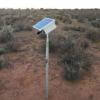







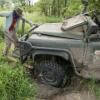
25 August 2021 9:11am
Hi All, sorry for the delayed response.
"In studies that often require deploying a half-dozen sensors or more, a sheer quantity of batteries becomes a major logistical hurdle. This is a similar problem we see with some solar systems: once deployed, they can be great (solar panel + charge controller + battery pack), but the deployment logistics can be extremely tricky from a bulk and weight perspective."
I agree, I don't believe that it should be necessary to be utilising such giant batteries & solar systems to support audio recording devices with the current developments of batteries and very low power devices, it annoys me that lead-acid batteries actually still exist.
I am assuming that the decision on batteries and photovoltaic systems would be based on availability and cost, or are they specific to acoustic devices?
Thanks All,
Adam.